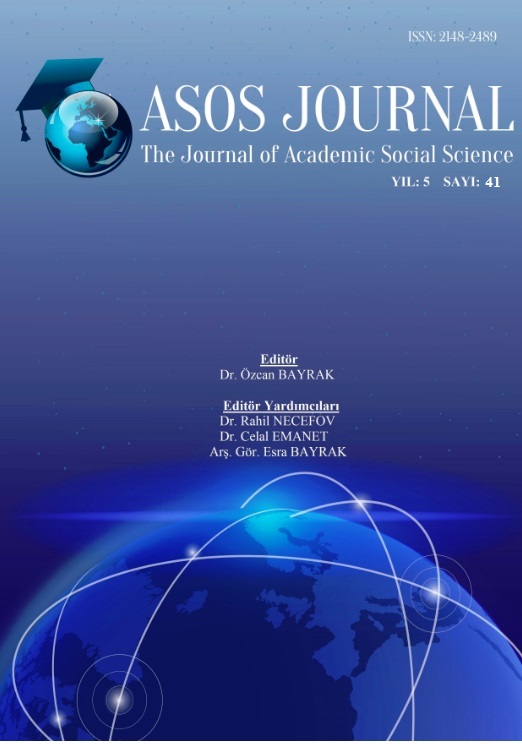Author :
Abstract
Hayallerinde yeni ortamlar canlandırıp, o ortamların bir parçası olan çocukların hayal dünyalarını zenginleştirmek için onları masal, efsane ve destanlarla tanıştırmak gerekir. Yapılan araştırmalar göstermektedir ki; bilinçaltı değerlerinin oluştuğu erken çocukluk dönemi olarak nitelendirilen dönem, bu konuda özellikle hassasiyet gösterilmesi gereken bir dönemdir. Orijinal anlatım tarzı, dili kullanma becerisi, hayal dünyasına hitap etmesi ile masallar; hayal dünyasına hitap ettiği, ulusal ve yerel birçok olayı renkli ve çekici bir anlatımla sunduğu için efsaneler; anlatımındaki coşku ve samimiyetle ortak duyuş, düşünüş oluşturdukları ve çıktıkları toplumun dilinin en güzel örneklerini vererek olağanüstü olayları anlattıkları için destanlar erken çocukluk döneminde çocuk eğitiminde kullanılması gereken yazın türleridir. Araştırma kapsamında ilk olarak masal, efsane ve destan türlerinin çocuk eğitiminde kullanılmasının önemi üzerinde durulmuştur. Araştırmada nitel araştırma yöntemlerinden “doküman incelemesi yöntemi” kullanılmıştır. Yayınevlerince erken çocukluk dönemine uygun olarak yayınlanan çeşitli masal, efsane ve destan metinleri random (rastgele) metodla seçilmiş ve seçilen metinler üzerinde içerik analizi yapılarak bulgular bölümü oluşturulmuştur. Çalışmanın amacı; erken çocukluk döneminde çocuğun bilişsel, sosyal, kişilik ve dil gelişimi için önemli olan masal, efsane ve destan türlerinden hangi örneklerle karşılaştığını ve bu örneklerin çocuk gelişimine ne kadar uygun olduğunun tespitinin yapılmasıdır. Yapılan ilk incelemede varılan netice, piyasada hâlihazırda pek çok farklı yayınevleri tarafından çok çeşitli masal kitabı olduğu yönündedir. Efsane ve destanlara yönelik kitap sayısı erken çocukluk dönemi için azdır. Araştırma bu ilk inceleme çerçevesinden değerlendirilerek şekillenecek, seçilen metinler incelemeye alınarak uygunluğu ve yeterliliğinin tespiti yapılarak neticelendirilecektir.
Keywords
Abstract
Fairy tales, legends and epics are necessary to be introduced to the children who dream about new environments and are parts of those environments in order to enrich their imaginary worlds. The studies show that the early child-hood period is a period when subconscious values are created, therefore, this issue should be particularly sensitive. With its original narrative style, its lan-guage using skill and its addressing to the world of imagination, tales; with its presenting many national and local events with a colorful and engaging narra-tive and its addressing to the world of imagination, legends; with its expressing the extraordinary events by giving the best examples of the language of their society and creating a common thought by their enthusiasm and sincerity, epics are the necessary genres to be used in early childhood period. In the scope of the research, firstly the importance of using fairy tale, legend and epic genres in children's education was emphasized. In the study, “Document analysis method”, one of the qualitative research methods, was used. Various texts of fairy tales, legends and epics published by the publishing houses in accordance with the early childhood period were selected by the random met-hod and the content of the selected texts was analyzed and then the findings section was created. The purpose of the study was to determine which examp-les of tales, legends and epics that were important for the children's cognitive, social, personality and language development in early childhood were and how appropiate these examples were for the children development. The result of the first analysis is that the market already has a wide variety of fairytale books by many different publishing houses. The number of books about le-gends and epics is limited for early childhood. The study was formed by eva-luating in the frame of the first analysis, then the selected texts were analyzed and their appropriateness and adequacy were determined and concluded.





